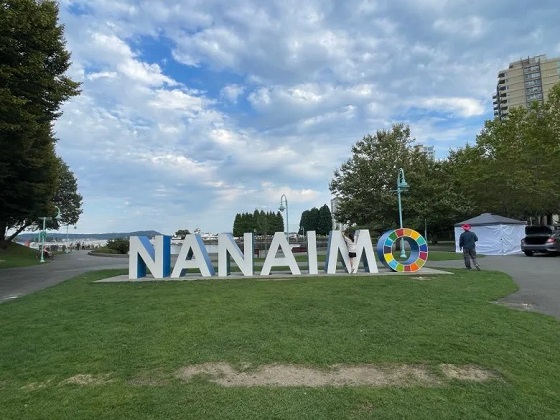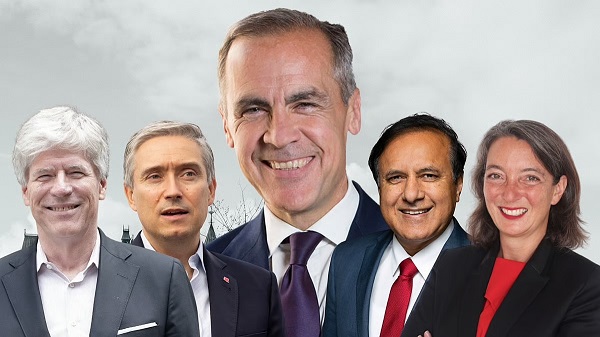Alberta
RCMP Major Crimes Unit investigate suspicious death – Adam Pearson still wanted

RCMP Major Crimes Unit investigate suspicious death – Adam Pearson still wanted
Grande Prairie, Alta. – The RCMP Major Crimes Unit are continuing to seek public assistance in locating Adam Pearson (26) who is wanted for the First Degree Murder of Cody Michaloski.
In October 2019, the Major Crimes Unit launched an investigation in the death of Cody Michaloski. The investigation led to first degree murder charges against Benjamin Pearson (25) who was arrested in Kelowna, and Adam Pearson, who has still not been located.

Adam Pearson
Alberta RCMP Major Crimes are asking the public’s assistance in locating Adam Pearson. It is believed that he may have tried to alter his appearance, including dying his hair. Pearson is known to have ties to the Toronto area, and throughout B.C. and Alberta. Information provided to date is that he uses Air B & Bs and hotel/motels, and might go by the nickname “Red”.
Please do not approach Pearson, but contact the Grande Prairie RCMP at 780-830-5701 or your local police, if you see him or know his whereabouts. If you wish to remain anonymous, you can contact Crime Stoppers at 1-800-222-8477 (TIPS), online at www.P3Tips.com or by using the “P3 Tips” app available through the Apple App or Google Play Store.
Background:
May 28, 2020
Alberta RCMP Major Crimes RCMP investigate suspicious death – Update #2
Kelowna, B.C. – Following a lengthy homicide investigation into the death of Cody Michaloski in October 2019, in Grande Prairie, Alta., Alberta RCMP Major Crimes executed two search warrants and an arrest warrant on May 27, 2020, in Kelowna, BC.
Benjamin Pearson (25) of Kelowna was arrested on May 27, 2020, in Kelowna. He is charged with the First Degree Murder of Cody Michaloski. Pearson’s arrest was made possible with the work of the South East District, Combined Forces Special Enforcement Unit – British Columbia (CFSEU-B.C.), and the assistance of, South East District RCMP Emergency Response Team and the Kelowna RCMP Forensic Identification Section.
Benjamin Pearson is awaiting his return to Alberta for a bail hearing into this matter before the Edmonton Provincial Courts at a date yet to be determined.
Alberta RCMP Major Crimes have also obtained an arrest warrant for Adam Pearson (26), whose whereabouts are unknown, for the First Degree Murder of Cody Michaloski.
Alberta RCMP Major Crimes are asking the public’s assistance in locating Adam Pearson. Please do not approach Adam Pearson, but contact the Grande Prairie RCMP at 780-830-5701 or your local police.
If you wish to remain anonymous, you can contact Crime Stoppers at 1-800-222-8477 (TIPS), online at www.P3Tips.com or by using the “P3 Tips” app available through the Apple App or Google Play Store.”
Further updates will be provide when additional information is available.
October 15, 2019
Grande Prairie RCMP investigate suspicious death – Update #1
Grande Prairie, Alta. – The adult male victim has been identified as Cody Michaloski (28) of Grande Prairie. Michaloski’s family has been notified. The Edmonton medical examiner completed an autopsy and determined the death to be a homicide.
Edmonton Major Crimes Unit continues to investigate this incident.
No further information is available at this time.
Oct. 13, 2019
Grande Prairie RCMP investigate suspicious death
Grande Prairie, Alta. – In the early morning hours of October 13, 2019 Grande Prairie RCMP responded to a residence in an apartment building on Poplar Drive.
On arrival the RCMP discovered the body of an adult male. RCMP Major Crimes has taken carriage of the investigation. The scene is secure and there is no concern for public safety.
Next of kin notification has been completed. No further details will be released at this time. The investigation is ongoing and an update will be provided once new information becomes available.
Anyone with information regarding this matter is asked to contact the Grande Prairie RCMP Detachment at 780-830-5700 or call your local police detachment. If you wish to remain anonymous, you can contact Crime Stoppers at 1-800-222-8477 (TIPS), online at www.P3Tips.com ( http://www.p3tips.com/ ) or by using the “P3 Tips” app available through the Apple App or Google Play Store.
Alberta
Why The Liberal’s Real Estate Economy Could Push Alberta Out of Canada

The real estate maxim goes something like, “Don’t buy the best house on a bad street.” For Albertans smarting from the recent election, that sentiment is starting to gain momentum. Seeing themselves as the credit card for Carney Canada, 47 percent of Albertans recently polled by Leger say they’d consider ending the ties that bind to Eastern Canada.
There are many emotional arguments for the surge from 27 percent pre-election to the current number— starting with unending equalization payments to ungrateful relatives in Quebec and Ontario. Most pertinent to those dismayed by the East’s infatuation with Mike Myers and hockey sweaters is the unsustainable Trudeau Easy Money economy, the real estate bubble that replaced conventional economy since 2015. (Trudeau’s decade left Canada with the lowest GDP in the western world and a $1.26T debt.)
There are now clear signs that the real-estate economy— in the form of condos— created by Trudeau’s post-modern philosophy is about to dive and take with it a good deal of wealth from Canadians and the financial industry. (RBC, the largest lender in Canada just reported $8.94 billion in loans that are unlikely to be paid back, up 13.5% from the first quarter.) And distancing themselves from an unrealized gains tax on principal residences might be a smart move for Alberta and whoever else wants to save their skin.

For the decade before Donald Trump called his bluff, Woke Canada bought Trudeau’s notion you could have wealth without work. The Trudeau notion of an economy was to de-industrialize Canada, resort to “clean” renewable power and live off the equity in Boomers’ homes. Oh, and use billions in tax dollars to push home prices higher for the past 10 years while importing four million new entitled folks.
As Trudeau’s advisor, Mark Carney subscribed to the idea that playing the real-estate game to fund a modern state, the way Albania once based its economy on a lottery. Municipal governments liked the idea of condo financing, because it returned maximum taxation from a small footprint—unlike the cumbersome factories and plants that left for the suburbs.
So they’ve doubled down on real estate while letting traditional industry go to the third world. @MikePMoffatt shows that government taxes and fees add up to $253K on a brand new $1.350M condo in Vancouver, or roughly 19 percent of the price. That $12,000 explains how taxes— and taxes-on-taxes— add over $250K to a Vancouver condo.
This tax hauls why municipalities are pitching hard on multiple-dwelling zoning as a cure-all. No wonder developers in Vancouver are still paying almost double the assessed value for land to build high density housing. In their haste to go big Vancouver realtors are now turning down borderline clients.
But this formula is falling apart. In Toronto, the average monthly rent is now about $2,250. For a condo costing $600K that means’ the investment is $1,800 under water. Little surprise that 20 percent of the city’s condo developments refuse to close. (What has happened to the missing 20 percent? Was it paid off or was it extended in some way?

The economy has seen this bubble coming and yet no one wants to end the party. And that is with tens of thousands of units still to come on stream. You hear stories in the condo/ construction industry in southern Ontario, the Lower Mainland of B.C. and Montreal where a typical builder sold 10 homes in past 12 months compared to the usual 40. Sellers are building exteriors but leaving inside unfinished just to keep crews working.
Some trades say they haven’t worked in a year as the glut suspends work. This is the cost for basing an economy on real-estate speculation. It’s why the Liberals played so hard for the Boomer vote in the election. Calm the aging by protecting the equity built up on their modest homes sitting on valuable property. Which punishes the younger voters who skewed CPC in the election.
While the population booms in Canada and condos sit empty, there remains a dire need for affordable housing in all the main urban markets— including Calgary and Edmonton. But real estate in Canada can’t function based on interest rates over three percent. There is huge political pressure from tax-hungry governments on the Bank of Canada to cut rates. This leads to expectations of 2.79% mortgage rates by the end of 2025.
Mortgage analyst Ron Butler @ronmortgageguy: “From the Feb 2022 peak the regions in Ontario that had the highest run up in 2021 have dropped 17% to 22%. And they will drop some more. We all have begun understand just how big a Catastrophe the 416 Dog Crate Condos have turned into”. (Those who remember the crash of 1980s-1990s have that t-shirt.)

Now replicate the same results across urban Canada. Thousands of owners walking away from underwater mortgages and poorly built homes. While the Big 6 banks can probably sustain writing off that much paper, the smaller funding industry is going to get hammered. Says Butler” “You can’t run 30-year lows in real estate transactions with a 50 percent higher population forever without pressure building from factors like Marriage Breakdown, Old Age & Employment change. But price recovery? More pain coming.
For those who bought the Liberals’ “Change!” Platform as a new economic plan based on frugality and efficiency, guess again. With Parliament prorogued the Carneyites have been ladling out billions of dollars both pre-and post-election to keep the economy from stagnating. Still, 1.4 million Canadians missed credit payments in the first three months of 2025, up 146K from this time last year.
Getting as far away from this economic collapse as possible might just be the biggest incentive for Albertans to run their own show in the future. Siphoning off energy profits to save Toronto and Ottawa from condo crates and phoney real estate developments is hardly a patriotic incentive. (To say nothing of getting away from the offshore money-laundering operations now thriving in Canada.)
Carney’s Throne speech that was supposed to woo the West was full of the usual Liberal bromides that sound good but are quickly swallowed by process and review. Then pipelines he promised in the campaign? Guess again. If he’d wanted to help Canadians he’d have adopted a tax structure like Ireland, Japan or Hong Kong that would eliminate 80 percent of CRA staff.
But he’s not dong that because the Ottawa region where those CRA people live is solid red. His election owed much to white-collar unions and media that polished his apple. The contradictions between Carney’s promises and reality will soon pile up. His Euro-based climate and social media policies will tell on a jaded public. His housing minister— who has promised to stabilize house prices— produced 170 percent jump in home prices while mayor of Vancouver.
Which will give Danielle Smith all she needs to introduce plans, if not for separation, then for a new decentralized Canada. Book it by 2027.
Bruce Dowbiggin @dowbboy is the editor of Not The Public Broadcaster A two-time winner of the Gemini Award as Canada’s top television sports broadcaster, Bruce is regular media contributor. The new book from there team of Evan & Bruce Dowbiggin is Deal With It: The Trades That Stunned The NHL & Changed Hockey. From Espo to Boston in 1967 to Gretz in L.A. in 1988 to Patrick Roy leaving Montreal in 1995, the stories behind the story. In paperback and Kindle on #Amazon. Destined to be a hockey best seller. https://www.amazon.ca/Deal-Trades-Stunned-Changed-Hockey-ebook/dp/B0D236NB35/
Alberta
Provincial pension plan may mean big savings for Albertans

From the Fraser Institute
By Tegan Hill
Amid a growing separatist movement in Alberta, a recent poll commissioned by the Smith government found that 55 per cent of Albertans would vote to replace the “Canada Pension Plan (CPP) with an Alberta Pension Plan that guaranteed all Alberta seniors the same or better benefits.” That’s a massive surge in support since last year when support for a provincial plan was approximately 22 per cent. And while there are costs and benefits to leaving the CPP, one thing is clear—Albertans could see savings under a provincial pension plan.
First, some context.
From 1981 to 2022 (the latest year of available data) Alberta workers contributed 14.4 per cent (on average) of total CPP payments while retirees in the province received only 10.0 per cent of the payments, due mainly to the province’s relatively high rates of employment, higher average incomes and younger population (i.e. fewer retirees).
Over that same period, Albertans’ net contribution to the CPP—the amount Albertans paid into the program over and above what retirees in Alberta received in CPP payments—was $53.6 billion. That’s more than six times more than British Columbia, the only other province that paid more into the CPP than retirees in the province received in benefits.
Some analysts argue that the surge in support for a provincial pension plan in Alberta is a result of strategic wording by the Smith government, specifying that seniors would be guaranteed the same or better benefits than under the current CPP.
It’s true, the wording of a poll question can impact the results. But according to the federal legislation that governs the CPP, any province that wishes to withdraw from the CPP in favour of a provincial plan must provide comparable benefits.
And in fact, several analyses show that due to Alberta’s demographic and economic factors, Alberta workers would receive the same retirement benefits under a provincial pension plan but pay lower contribution rates compared to what they currently pay, while contributions rates would have to increase for Canadians outside Alberta (excluding Quebec) to maintain the same benefits under the CPP.
More specifically, according to a report commissioned by the Smith government, Alberta’s contribution rate, which is effectively a tax taken off paycheques, would fall from the base CPP contribution rate (9.9 per cent) to an estimated 5.85 per cent under a provincial pension plan. That would save each Albertan up to $2,850 in 2027 (the first year of the hypothetical Alberta plan). Again, this lower contribution rate (i.e. tax) would deliver the same benefit levels in Alberta as the current CPP.
Even under more conservative assumptions, Albertans would still pay a lower contribution rate while receiving the same benefits. According to economist Trevor Tombe’s estimate, Alberta’s contribution rate would drop to 8.2 per cent and save Albertan workers approximately $836 annually.
Support for a separate provincial pension plan is on the rise. And Albertans should know that under an Alberta plan, due to demographic and economic factors, they could pay a lower contribution rate yet receive the same level of benefits.
-
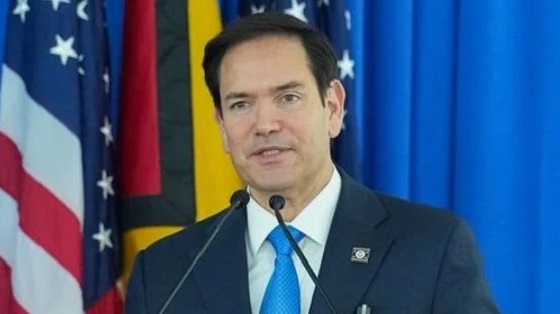
 Business2 days ago
Business2 days agoU.S. to deny visas to foreign censorship enforcers under new Rubio-led policy
-
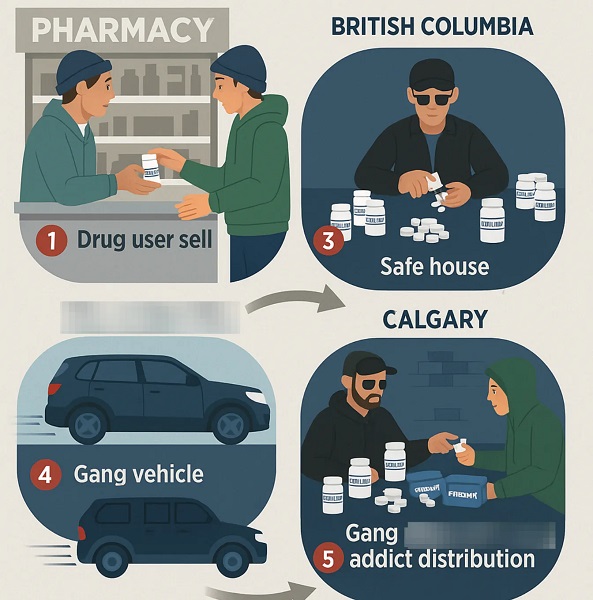
 Crime1 day ago
Crime1 day ago“A Dangerous Experiment”: Doctor Says Ideological Canadian Governments Ignored Evidence as Safer Supply Exacerbated Fentanyl Death Surge
-
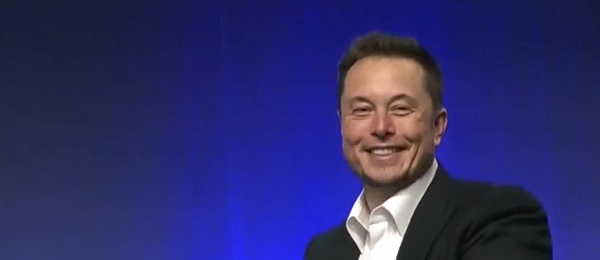
 Business2 days ago
Business2 days agoElon Musk’s Time At DOGE Comes To End
-

 Alberta1 day ago
Alberta1 day agoCanadian doctors claim ‘Charter right’ to mutilate gender-confused children in Alberta
-
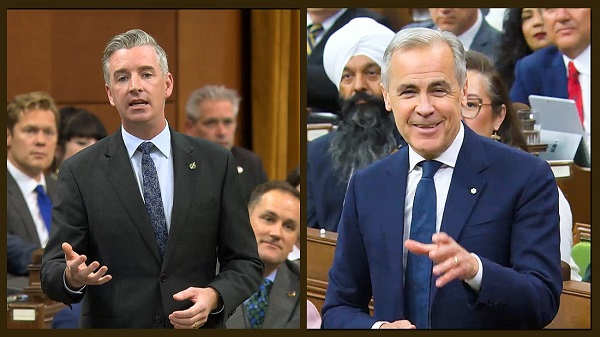
 National1 day ago
National1 day agoQuestion Period : Barrett vs. Carney Clash Over Offshore Investments
-
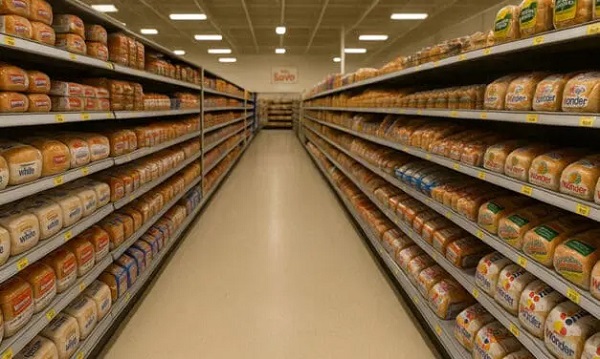
 Business1 day ago
Business1 day agoBig grocers rigged bread prices and most walked away free
-
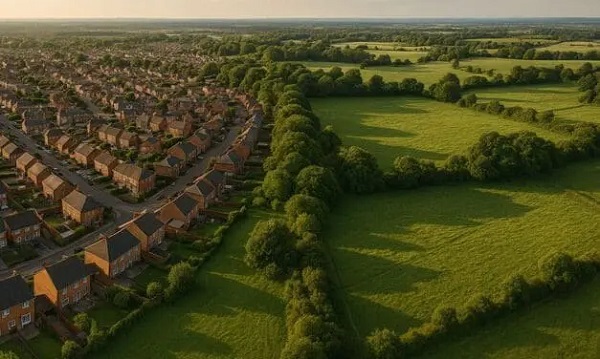
 Economy1 day ago
Economy1 day agoCanada’s housing crisis deepens as landuse policies push prices beyond reach
-

 Alberta1 day ago
Alberta1 day agoProvincial pension plan may mean big savings for Albertans


